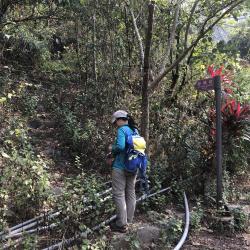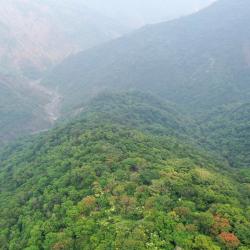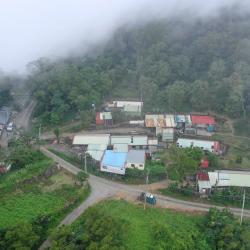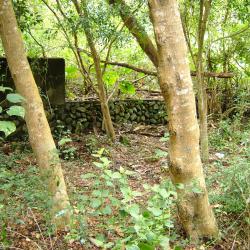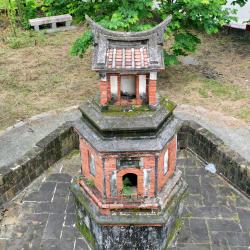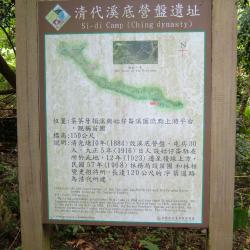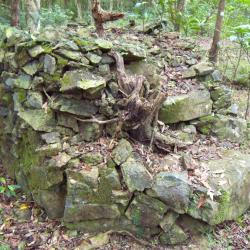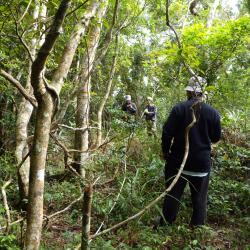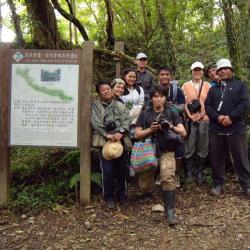The Danlin Hamlet is located on the foothill platform on the right bank of Laiyi River, above the southeast side of the Danlin Suspension Bridge in Laiyi Township, Pingtung County. It is about 140 meters above sea level. In the early post-war period, the Paiwan tribe of the Danlin group moved here collectively. Later, some people from the Laiyi group and Taiwu group also migrated here. The traditional Paiwan name of this place is Boraberuwan, which is the name of a tree specie. In fact, the old tribe of Danlinshe is located on the slope of Mount Wuwei on the south side of the confluence of Neishe River and Dahou River. It is about 530 meters above sea level. During the Japanese occupation, 53 households with 168 people were under the jurisdiction of Laiyishe police post.
